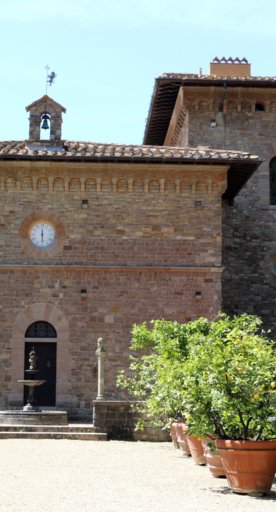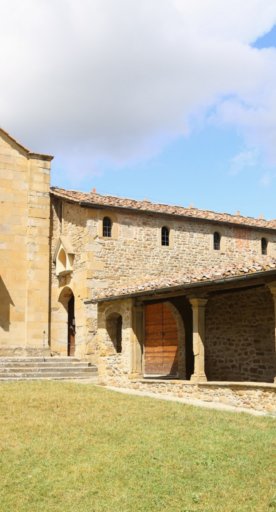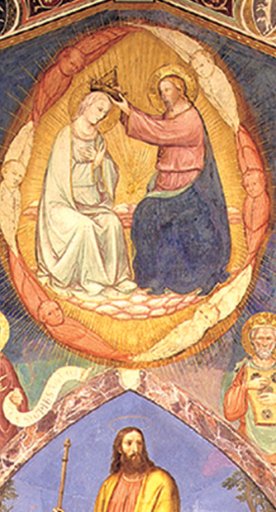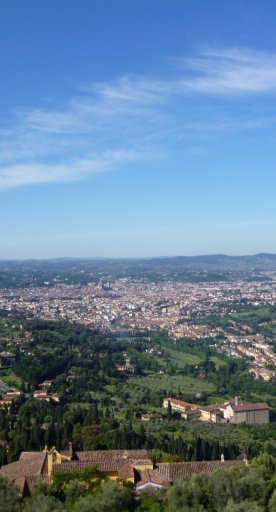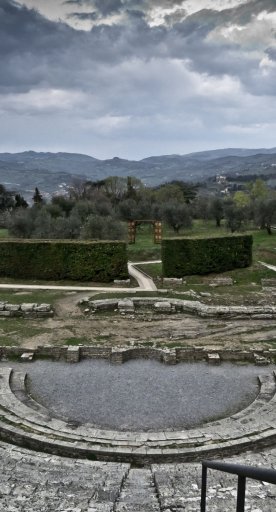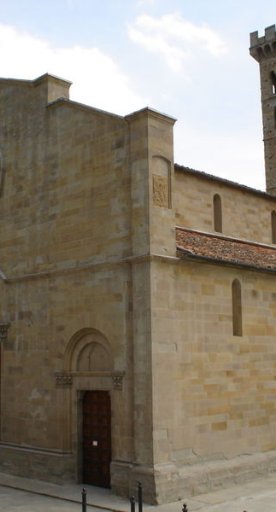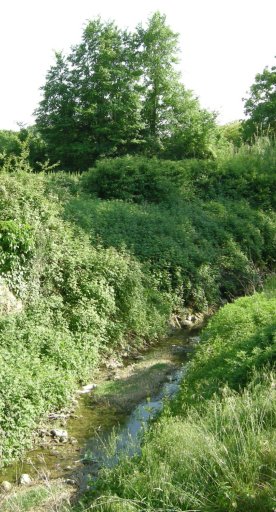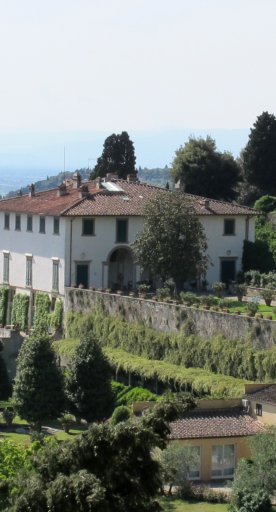Badia Fiesolana
The historic cathedral in Fiesole
The Badia was the cathedral in Fiesole from the Early Middle Ages to 1028. The building has been subject to many changes over the years, originally being started by Camaldolese monks and later Benedictines from Montecassino and the Canons Regular of St. Augustine. The current building dates to the 15th century and was commissioned by Cosimo de’ Medici the Elder, who enlarged the 11th-century building. Celebrated architects like Brunelleschi and Michelozzo worked on renovating the abbey.
The church has served many roles over the years, including a period during which it housed the terminally ill coming from Florence, and another when it was the headquarters for Charles V’s soldiers, though it’s also been used as a regular residence as well. Today, most of the building is home to the European University Institute.
The interior vaunts a single barrel-vaulted nave, while several chapels line the walls, including the Chapel of the Annunciation, where you can admire a painting by Raffaellino del Garbo. The main altar dates to 1610 and is attributed to Giovan Battista Cennini, who followed a design by Pietro Tacca. Also worth seeing are a relief by the school of Jacopo della Quercia and a Deposition by Botticini. Crossing the convent’s Renaissance cloister, you’ll come to the refectory, adorned with 17th-century frescoes by Giovanni da San Giovanni.
A unique element of the church can be found on the Florentine Romanesque façade, decorated with alternating white and green marble, similar to the Baptistery and the Church of San Miniato al Monte in Florence.




